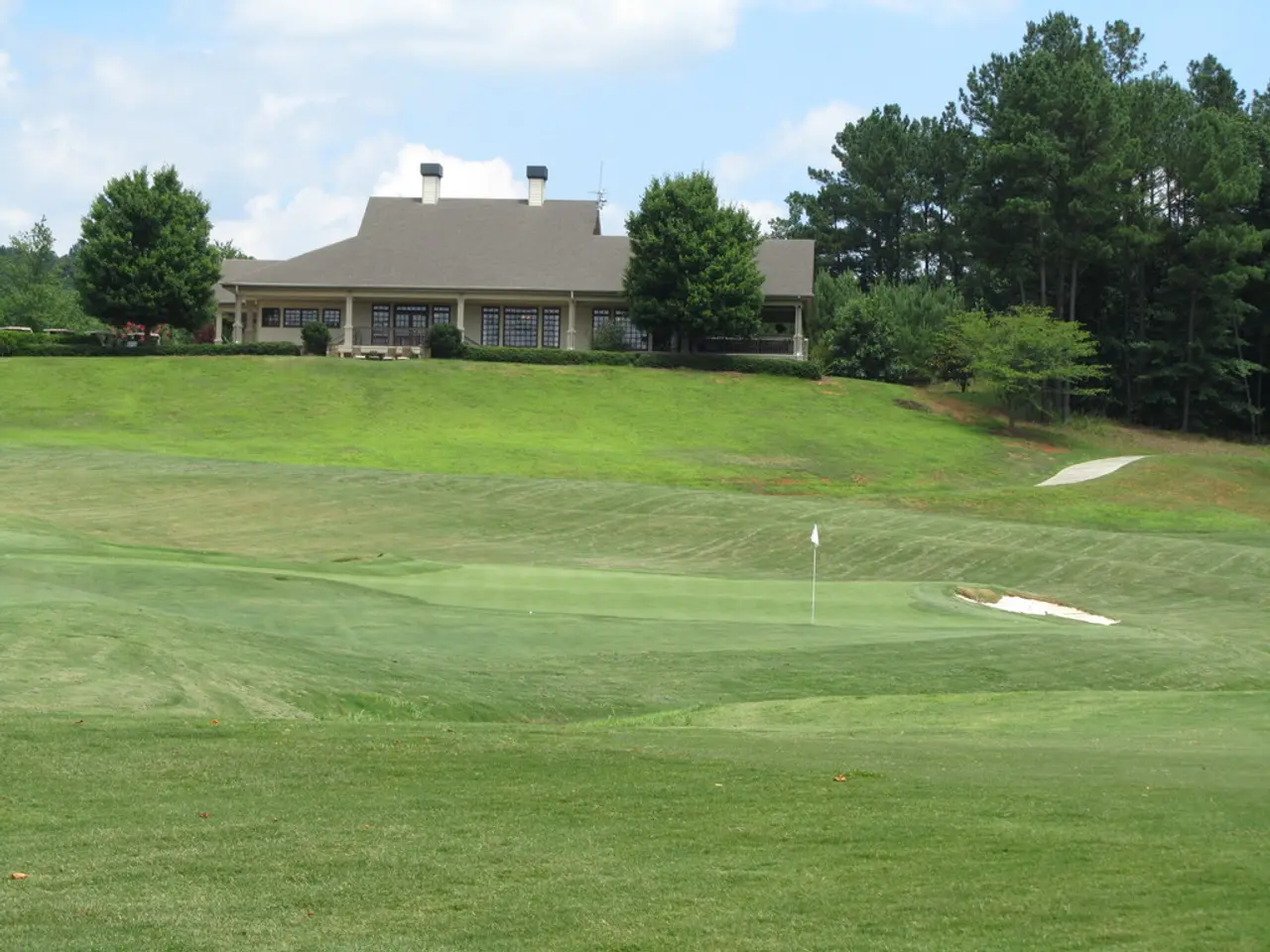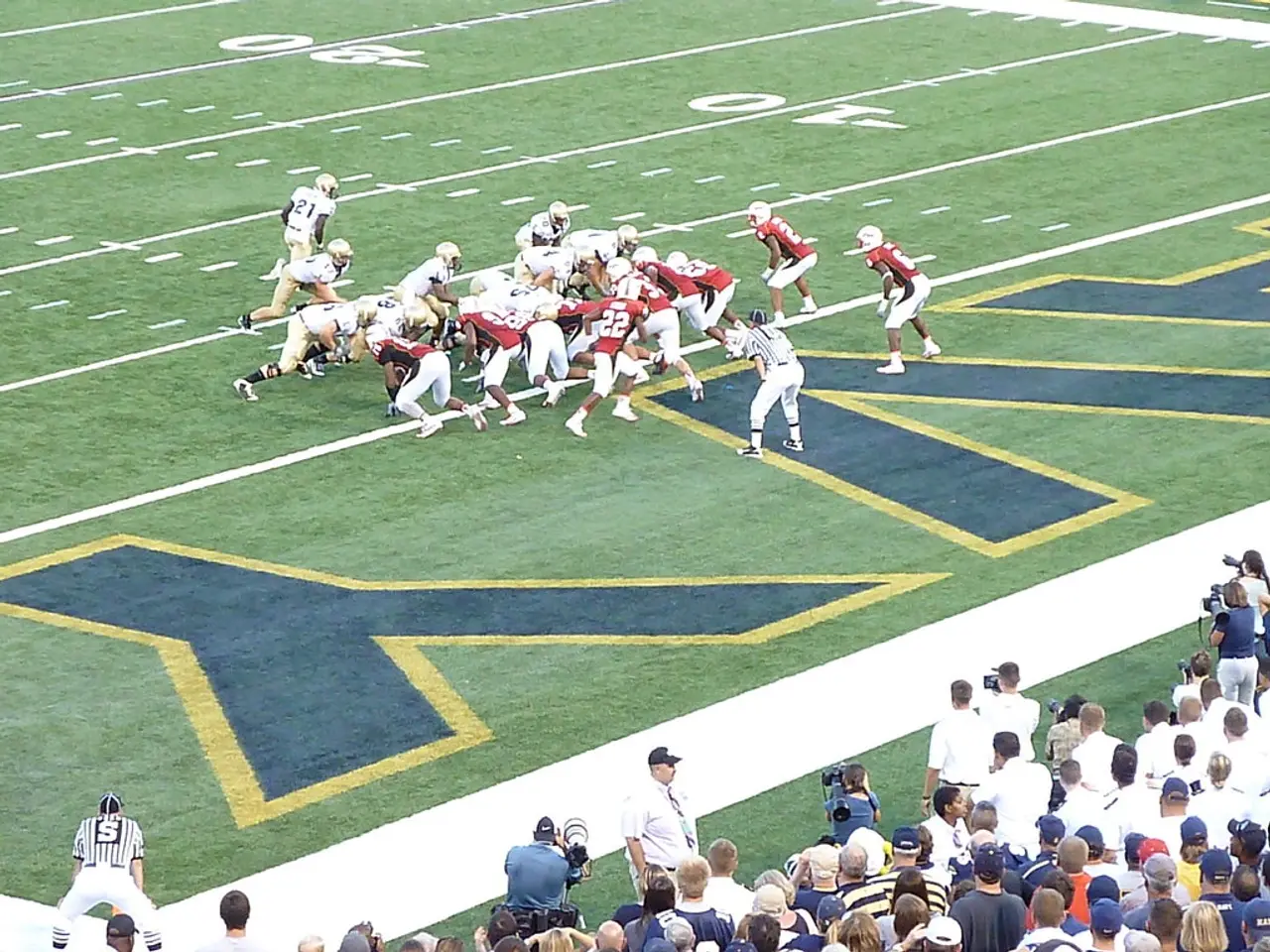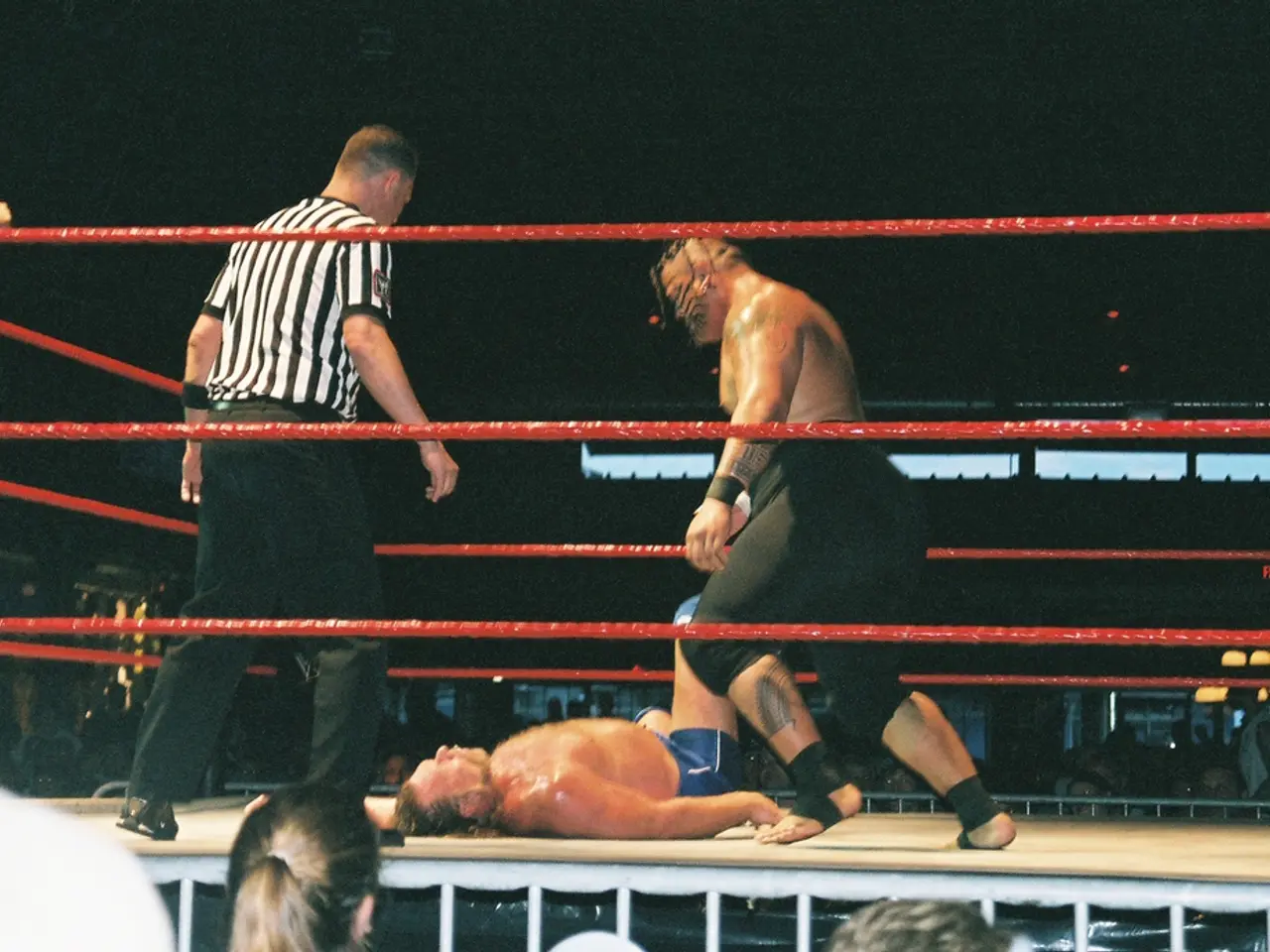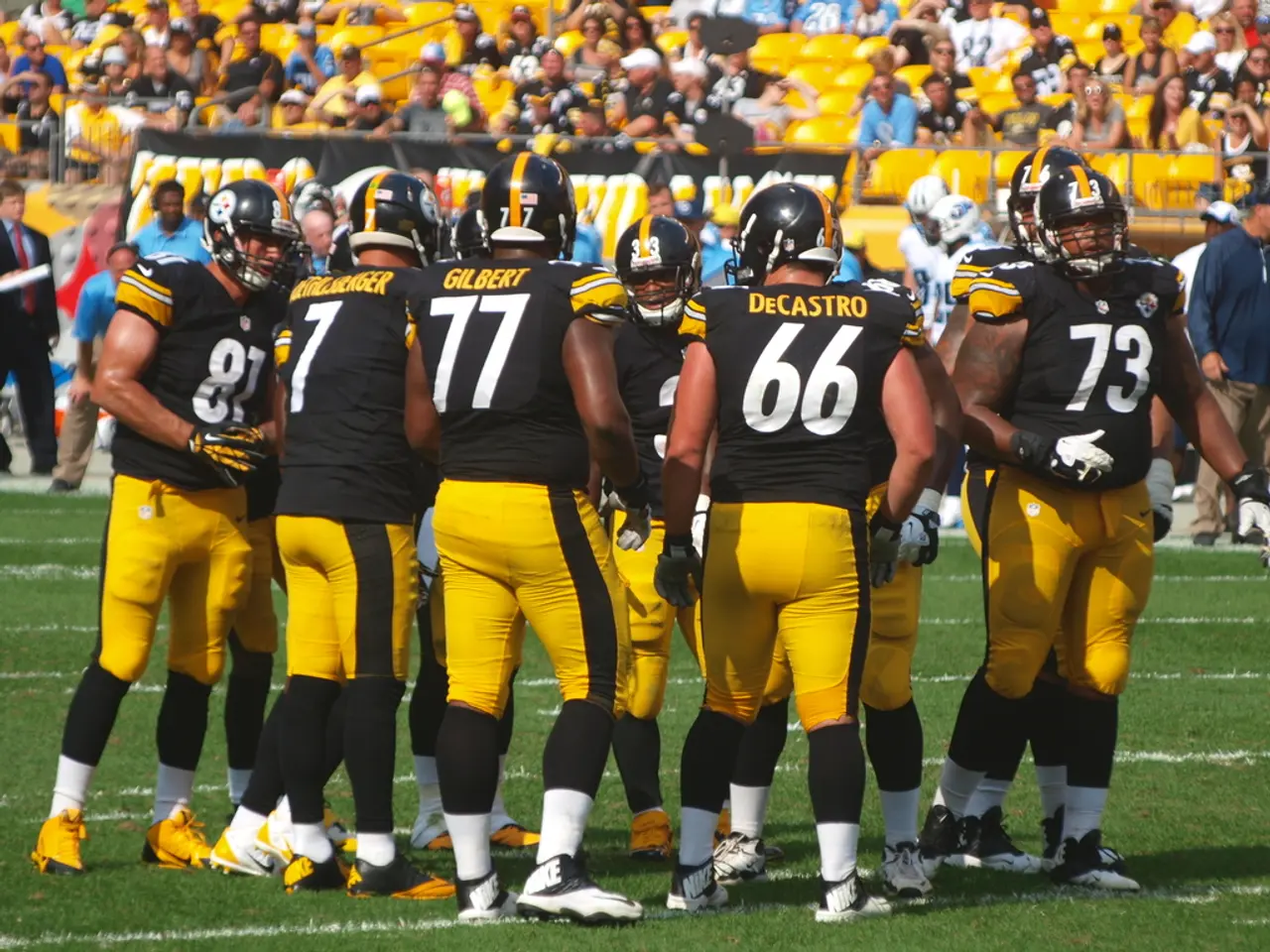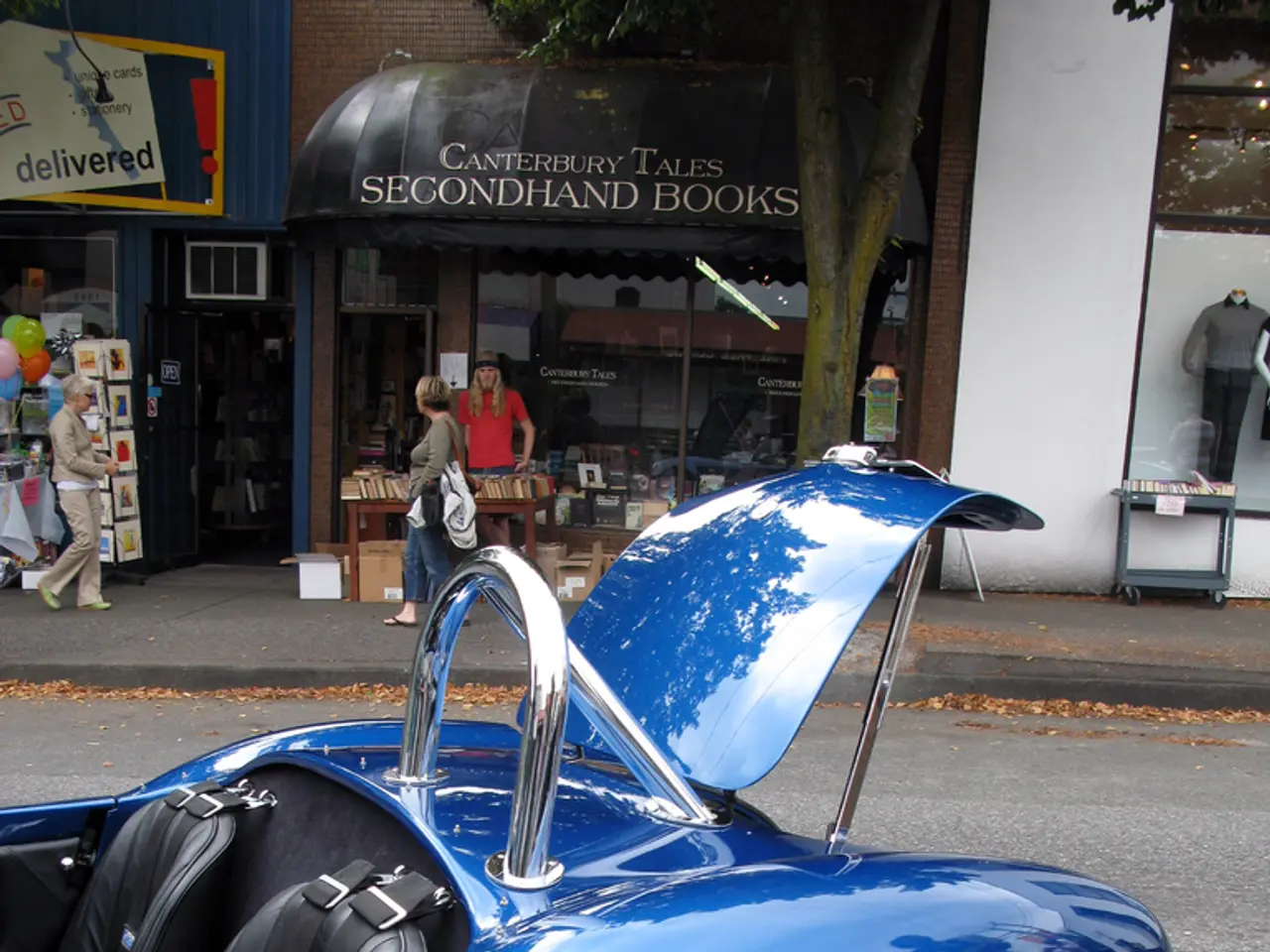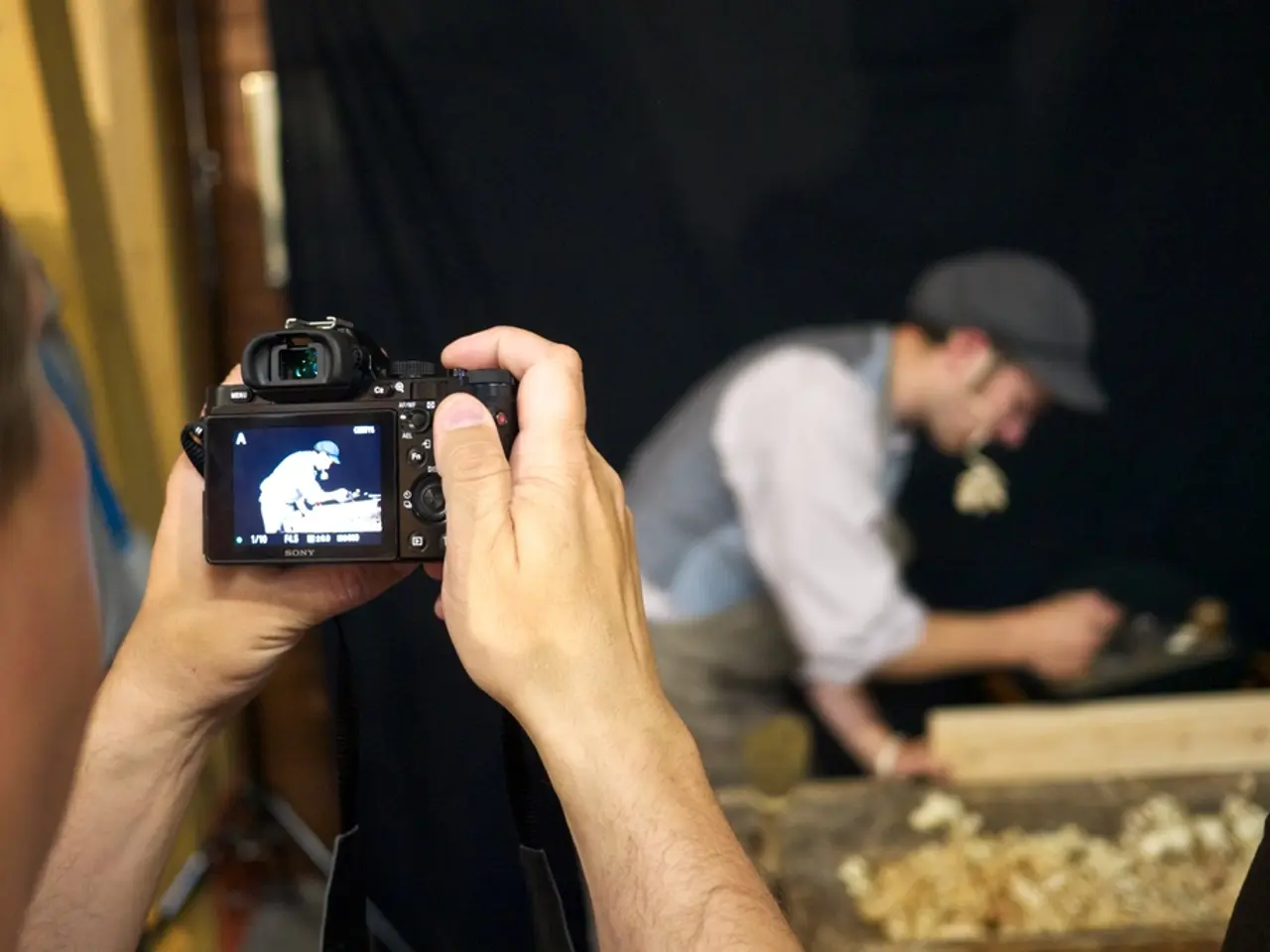Golf Term: What is the Meaning of CG in Golf?
The centre of gravity (CG) in golf clubheads plays a crucial role in shaping ball flight characteristics. This article delves into the various factors that influence the CG's effect on golf shots.
Firstly, the ball's contact point relative to the CG is significant. Striking the ball close to the CG ensures clubface stability, minimising twisting and promoting straighter drives. However, striking the ball away from the CG, towards the toe or heel, causes the clubface to twist open or close, leading to directional deviations.
The moment of inertia (MOI), a measure of a clubhead's resistance to twisting, also plays a crucial role. A higher MOI clubhead resists twisting, meaning off-centre hits retain more ball speed and reduce dispersion.
The CG's height and depth within the clubhead are equally important. Lowering the CG height in irons helps increase ball speed and distance by producing a higher launch angle with acceptable spin. Conversely, moving the CG deeper (backward) in the clubhead enhances forgiveness and stability, helping reduce dispersion.
Manufacturers employ several strategies to adjust the CG location in clubheads. Weight placement and distribution, such as placing weight low and back or shifting it heel-to-toe, influences launch conditions and the club’s stability on impact. For instance, the Ping G430 Max 10K and the TaylorMade Qi10 Max feature heavy fixed weights far away from the face to improve stability on mishits and make them more forgiving.
Adjustable weights housed within the head are also common in modern drivers, allowing players to dial in the CG location to match their flight requirements. Manufacturers like Titleist adjust the CG location by strategically placing weight, altering internal weights, using different materials in the clubhead, or changing the thickness in areas such as the sole or perimeter.
The CG's location on the horizontal axis affects the starting direction of the ball. A ball struck on either side of the CG starts further away from the target. To cater to this, manufacturers sometimes create a 'draw bias' driver, with a CG closer to the heel, to help golfers who tend to slice the ball.
In conclusion, the effect of CG on shots depends on its precise location in all three dimensions, the ball’s impact point relative to CG, and clubhead design elements like MOI and face curvature. Manufacturers use weight distribution and design refinements to optimise CG placement for desired launch, forgiveness, and distance characteristics in drivers and irons alike.
For those interested in staying updated on golf news, equipment news, reviews, head-to-heads, and buyer's guides, subscribe to the Golf Monthly newsletter.
Golf clubs and sports like golf are greatly impacted by the center of gravity (CG) in golf clubheads. Specifically, the ball's contact point relative to the CG significantly influences clubface stability, with strikes near the CG promoting straighter drives and reductions in twisting. Furthermore, higher moment of inertia (MOI) clubheads, which resist twisting, help retain ball speed and reduce dispersion on off-centre hits.
